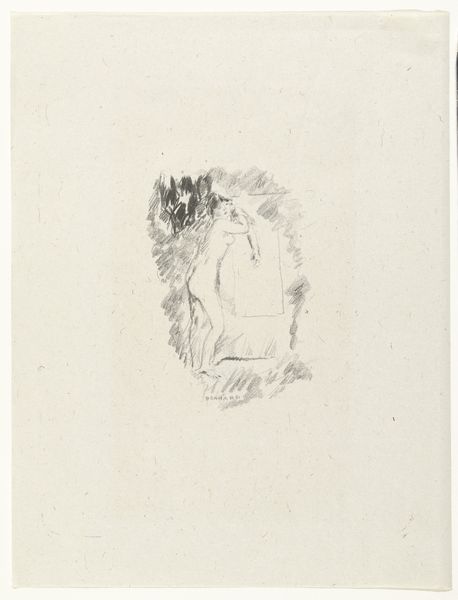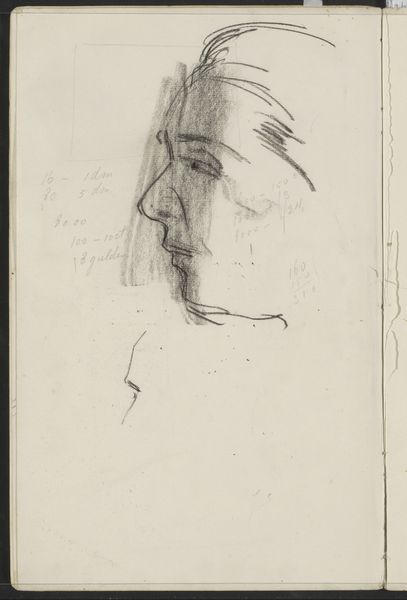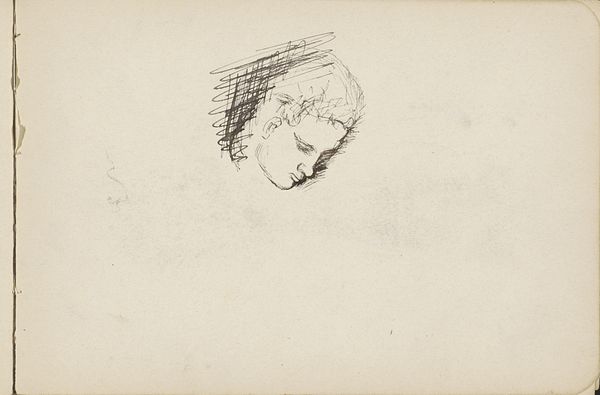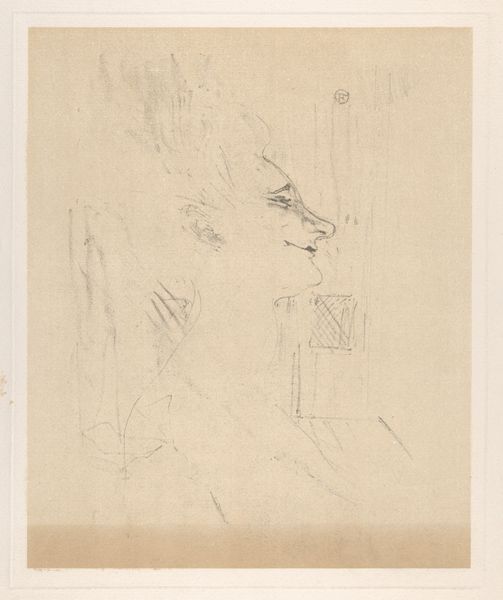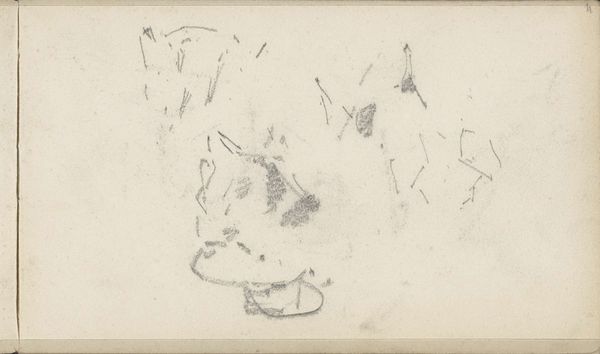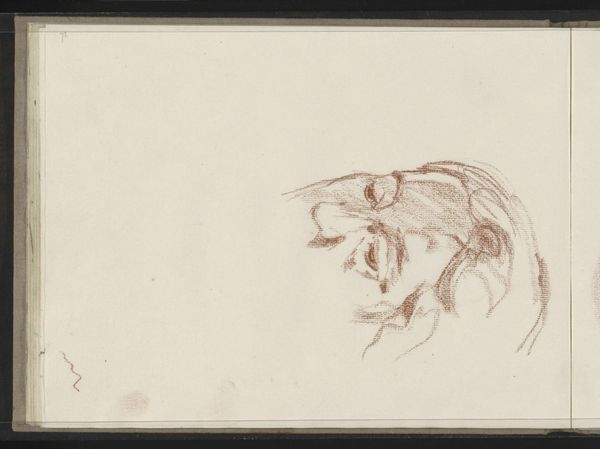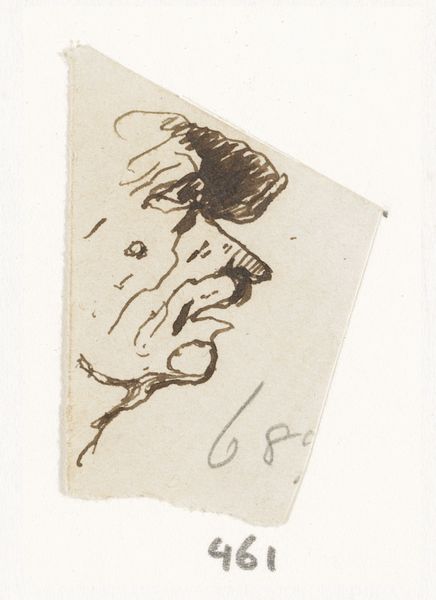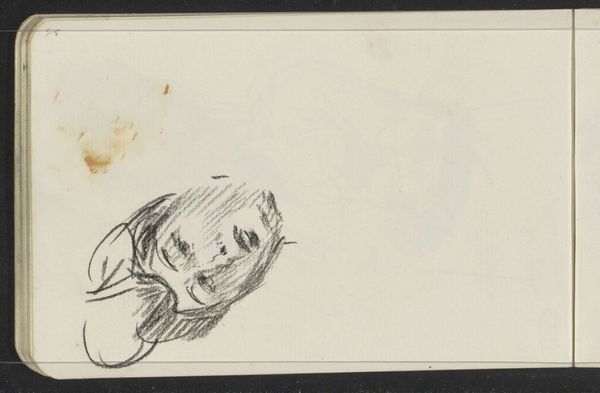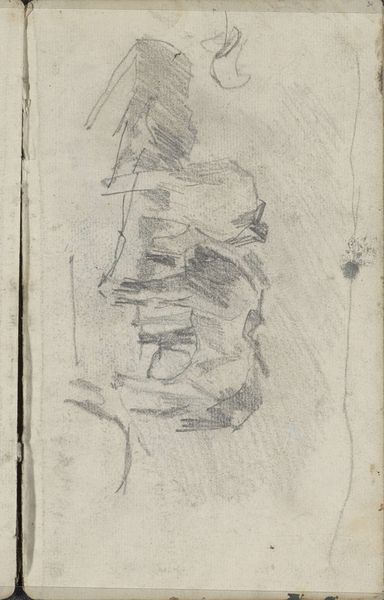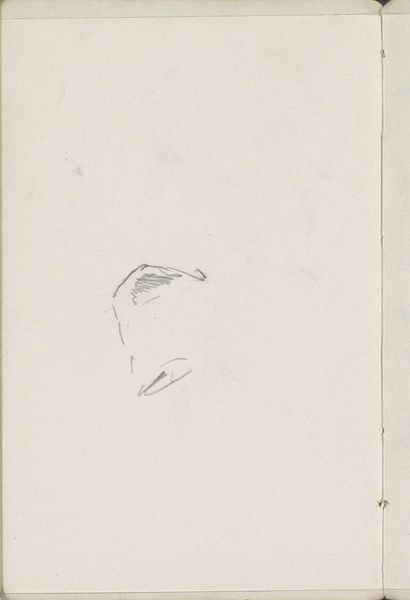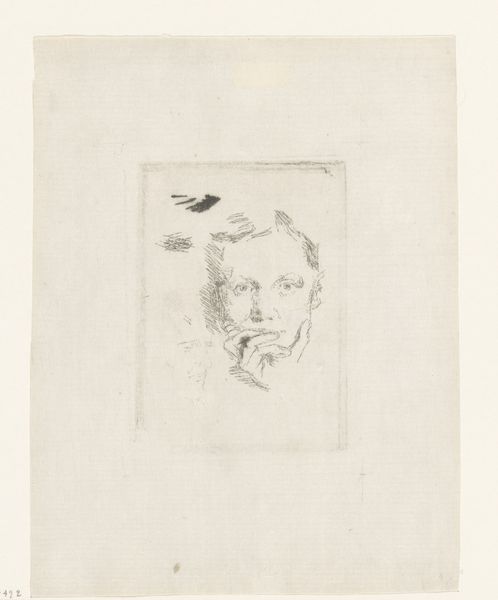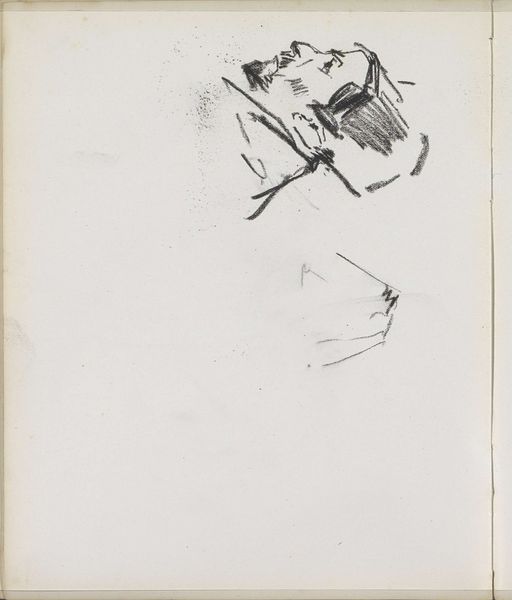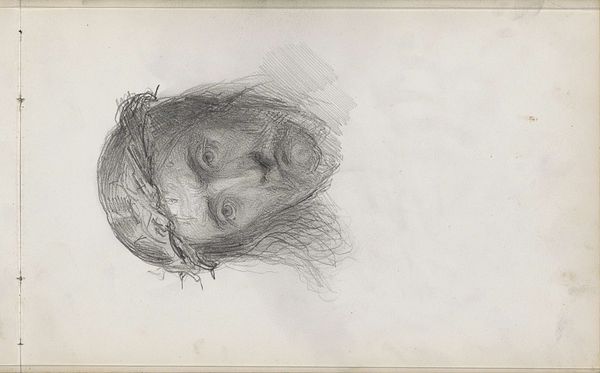
drawing, ink
#
portrait
#
drawing
#
figuration
#
ink
Copyright: Public Domain: Artvee
Editor: The wispy strokes give the work an almost ethereal quality. It's immediately captivating, like a half-formed memory emerging into clarity. Curator: Indeed. Here we have a drawing entitled “Head of a Girl,” crafted in ink by Anders Zorn. Editor: Ink? I'm curious, the hatching feels incredibly light and fast. I wonder what sort of pressures, perhaps social, existed when Zorn produced drawings like this. Was this a preliminary sketch, a quick study done between larger projects? Curator: That's an astute question. Zorn was certainly established by this point, and this kind of rapid, seemingly spontaneous work speaks to a certain artistic freedom, born, perhaps, of that very status and a mastery of the tools at his disposal. The paper itself also speaks to availability of materials at the time. Editor: It seems so… fleeting, ephemeral. Like trying to grasp smoke. Was it displayed publicly? Was there an audience intended for such a raw portrayal? Curator: Zorn's reputation allowed him access to elite circles, granting a unique vantage point from which to portray his subjects. While the “Head of a Girl” drawing might be considered a quick study of the figure, it carries an artistic presence shaped by and also for this social environment of that period. How and where these ink sketches are consumed or studied by others becomes relevant in considering the broader trajectory of this work. Editor: It’s intriguing to consider the economics that led to Zorn's particular choice of medium and technique—how did ink and paper factor into his workflow, given their affordability and portability? And who might have bought the materials he used, and where did he get them? That interplay between resourcefulness, craft, and audience adds depth. Curator: Precisely. Looking at art this way reminds us of the relationship between art, labor, and access. It complicates traditional notions that value art on only aesthetic merits, encouraging consideration for socio-economic context of art history. Editor: This encounter has broadened my appreciation for Zorn, prompting thoughts of the historical context framing even quick portraits. Curator: For me as well. Thinking about production makes me newly aware of his processes and how it reflects his time.
Comments
No comments
Be the first to comment and join the conversation on the ultimate creative platform.
